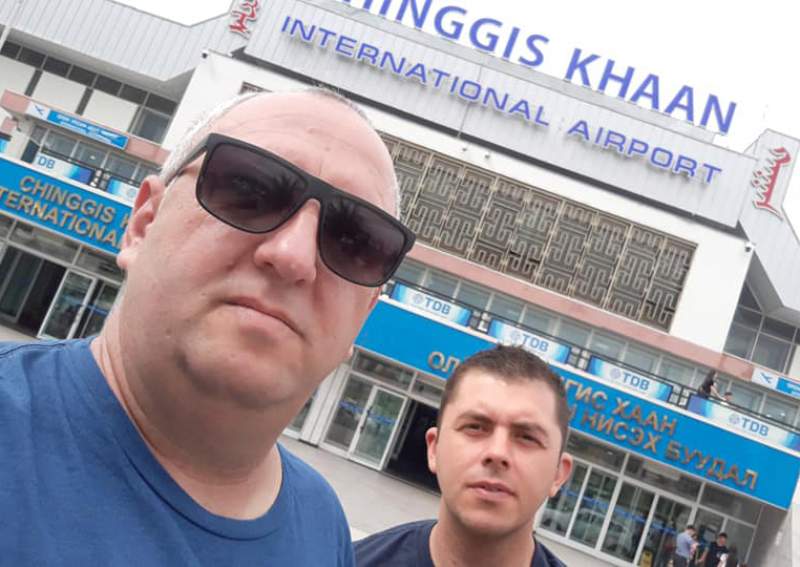Shuklev and Nikolov were eyewitnesses to another incident created by the same problem at the Erenhot border crossing on the Mongolian-Chinese border.
Yesterday afternoon, while we were happily learning the news that our people would still reach Beijing, a convoy of 18 campers of German origin was stopped at the border crossing. For collegial reasons and our innate curiosity, Shuklev and Nikolov immediately exchanged their experiences with them and learned that they were dealing with a problem identical to theirs.
The fact that the rule of having a contract with a Chinese travel agency and providing a personal driver applies to countries other than ours removed some of my doubts and made me look at the problem without prejudice.
And so, googling and searching through various websites such as Internations and the irreplaceable Wikipedia, as well as agencies that offer various advice and services, it turned out that this is a much more complicated situation than it seems. First of all, a foreign driver’s license, although tolerated in some places, is not recognized in China and driving with only such a document is punishable by 14 days in prison. Since 2003, the PRC has been trying to implement the Road Traffic Safety Law in its 22 regions, with different status, the smallest of which has a population of just over 5 million and the largest over 100 million, while the rest move between these two figures. This means creating a traffic culture for a bunch of people with different habits and eliminating a large number of irregularities. To say that traffic in Chinese megacities is chaotic is the least that can be said. Irregularities such as running a red light, entering the opposite lane before turning, right of way – whoever arrives first, driving in the middle of the road, etc. are everyday occurrences. Let’s not forget the huge number of pedestrians, cyclists, and motorcyclists who are guided by their own will, as well as the traffic signs mostly with Chinese characters.
Photos of traffic in China
The construction of new roads, for which the Chinese government is providing huge funds, is also the cause of constant disruption and traffic jams. On the other hand, the Chinese car market is the largest in the world with 17 million new cars sold in recent years. This means that megacities like Beijing and Shanghai wake up to smog and congestion almost every day.
Looking at this data and living in a place where it is difficult to create a traffic culture for less than 2 million people and where the import of new and used vehicles (which in 2019 moved at an average of 3500 vehicles per month) is already creating various problems, I concluded that the best solution was found for Shuklev and Nikolov. The fact that they will explore the beauties of this country after a two-week journey through the unknown came as a well-deserved rest for them. This also goes for the Renault 4 itself, which we would like to see again on our streets than stuck, perhaps forever, in chaotic China.
Author V. Gjorgiev
Latest photos from today's flight to Beijing.
© Gevgelija.biz. All rights reserved.
The copyrighted content published on this site is protected under the Copyright and Related Rights Act.
Unauthorized downloading, copying or use of texts and materials without prior consent from the Gevgelija.biz team is strictly prohibited and subject to legal liability.

